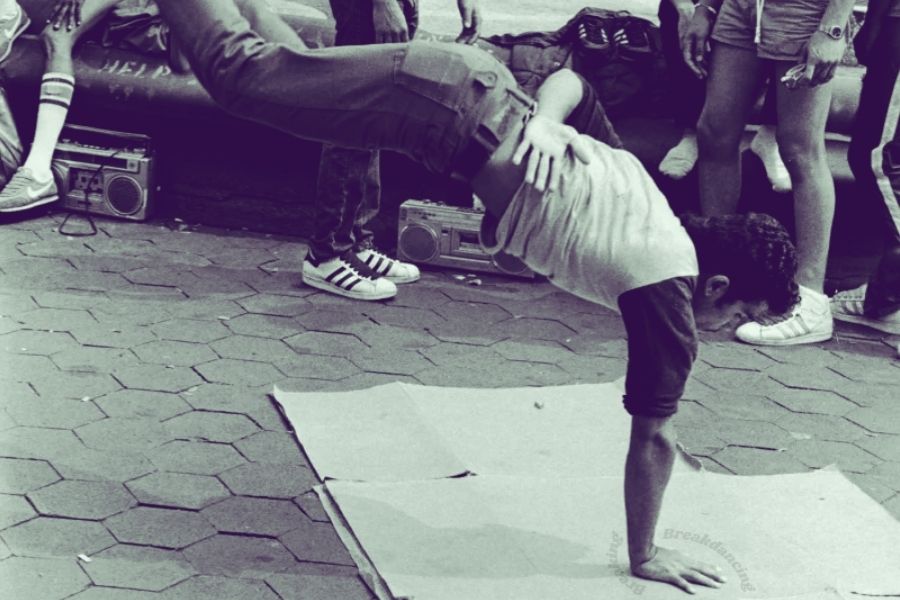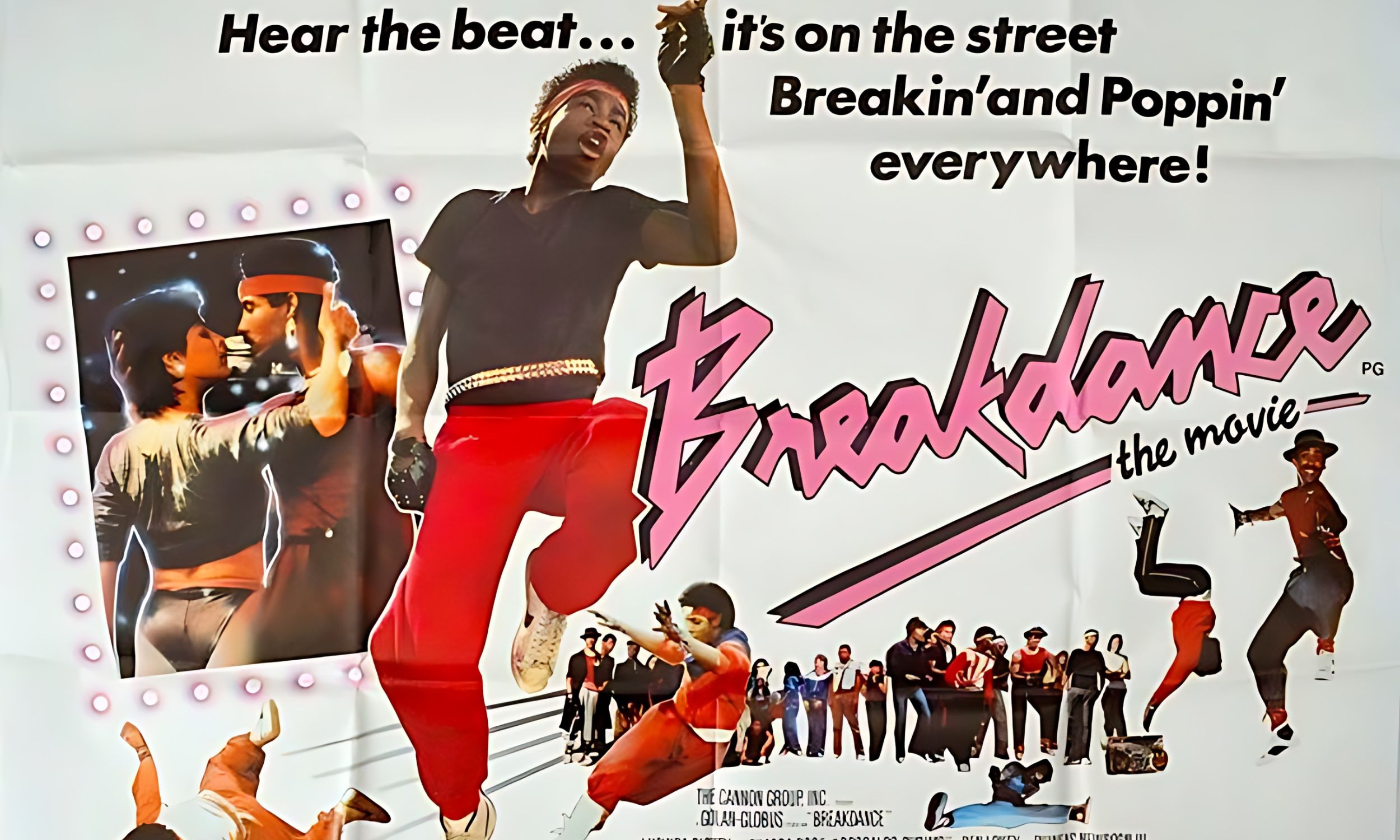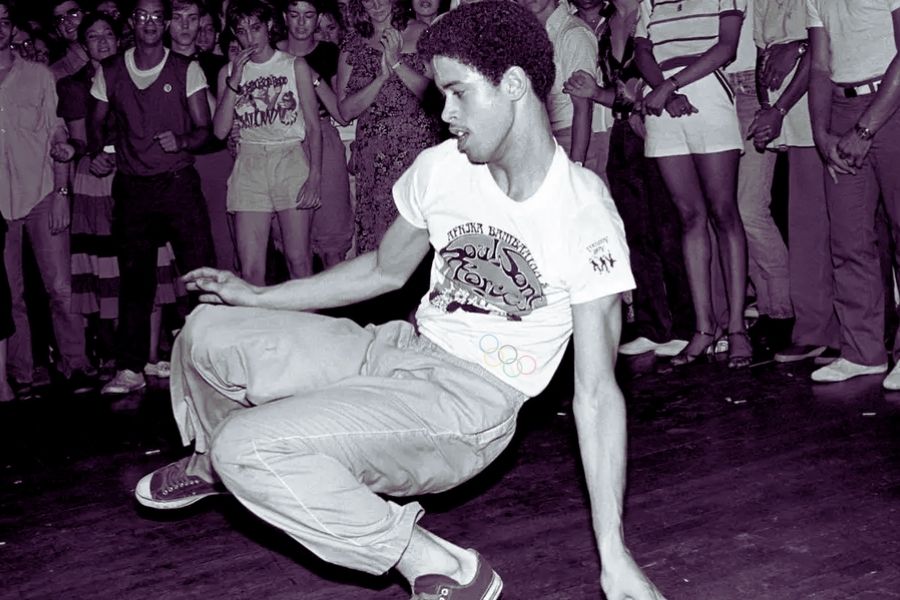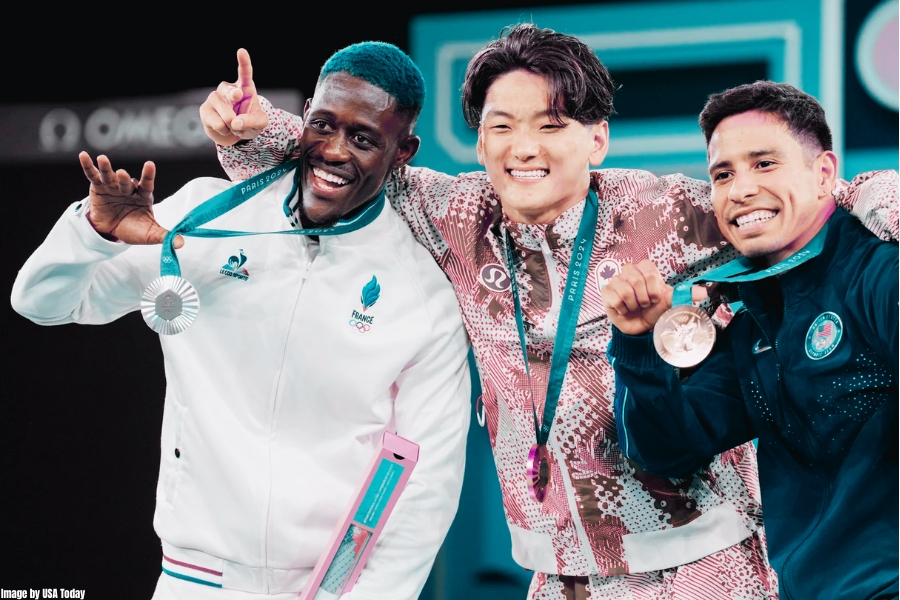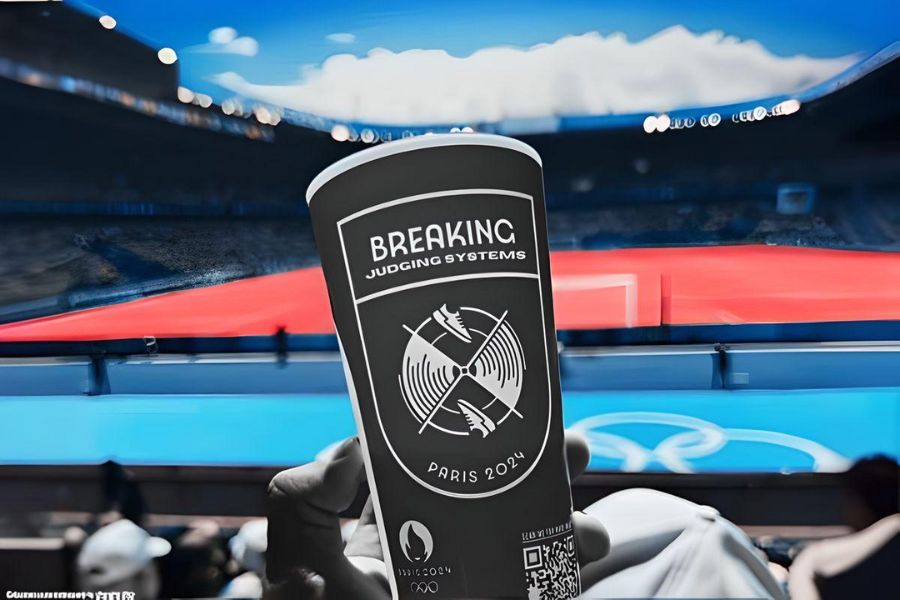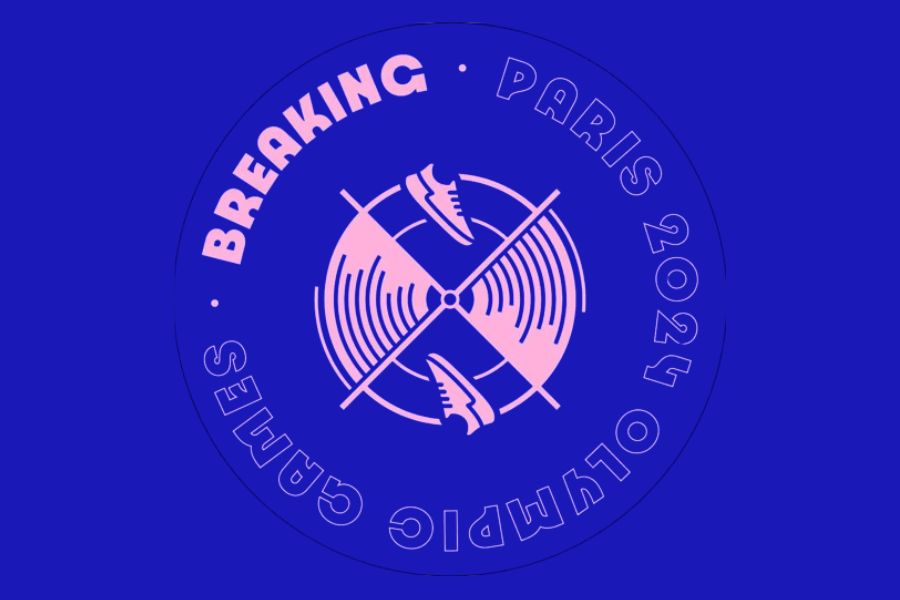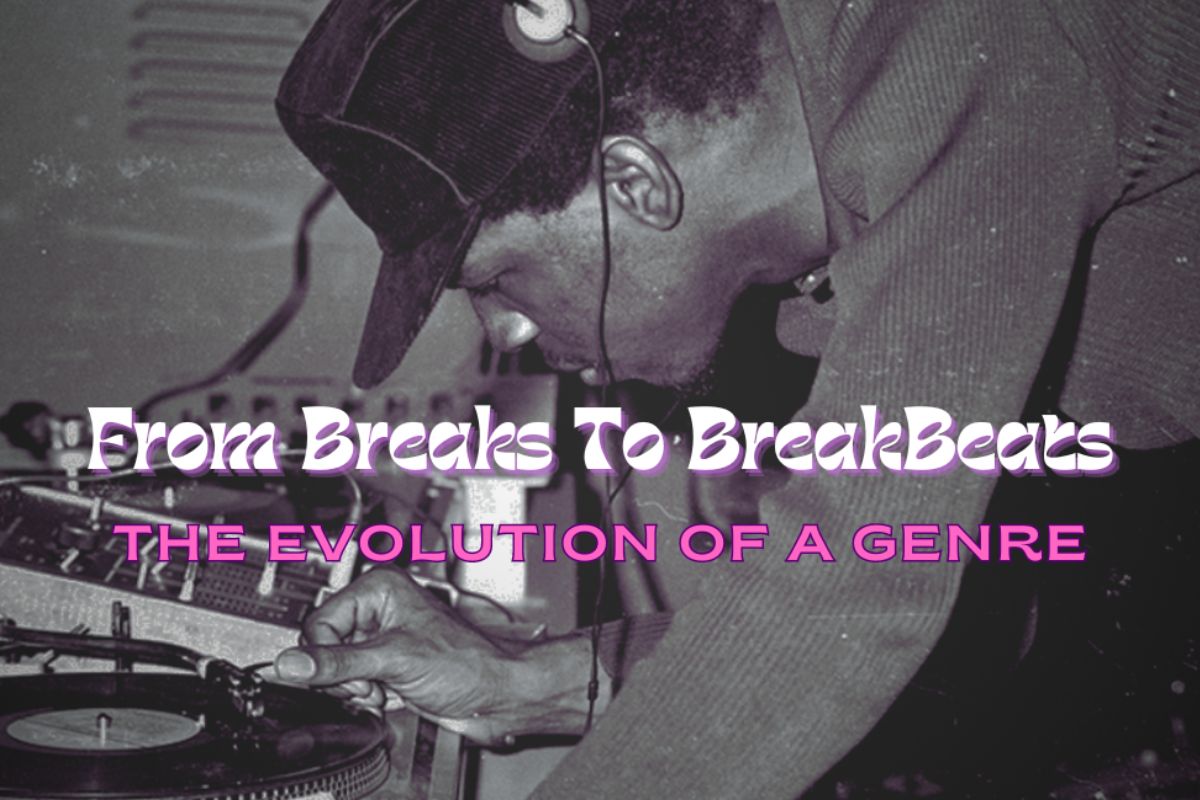Breaking or Breakdancing? Bgirl/Bboy or Breakdancer? We’re just a few days away from the Olympics, and it’s high time we acknowledge the changes that this culture is about to witness after this historic event. Breaking has been fighting many external battles with the mainstream world, where both the people who were portraying breaking in the media and those who were consuming that media were unfamiliar with what breaking actually was.
B-Boying, Breaking, Breakdancing, & DanceSport
To start with the name, Breaking has always had this one fundamental complication. The term “Breaking” is actually a word that is commonly in the English language. What comes to mind when a person outside of our scene first gets exposed to this word? Their common perception takes them to the simple meaning, “Separation of something.” More commonly, the term is used to define the splitting of something into two or multiple pieces. On the other hand, the term “Break” is more commonly taken as a pausing or discontinuation of something. This is somewhat closer to the sense that we take it as. Comparatively, like other art forms and sports, Breaking doesn’t come with a self-explanatory name.
When you hear the word “Skateboarding,” you can picture a person skating. When you hear the word “Painting,” you can picture a person painting. Therefore, since day one, Breaking was always hard to explain to the outside audience. The term itself was coined a little later when the dance was created. It was B-Boys were initially called “Bronx Boys” then they were called “Break Boys” and then in the following years, the pioneers started calling it “B-Boying” which later became the official name of this dance. It is worth pointing out here that Breaking got its name from the music BreakBeats. This makes Breaking, first and foremost, a dance.
These days, Breaking is often called Break Dancing in the mainstream media, trying to explain the dance to the general public. This has always created a disconnect between the forefathers of Hip-Hop who invented Breaking and the modern take on it. Bgirl/Bboy or Breakdancer? Check out how B-Boy Crazy Legs from the legendary Rock Steady Crew shares the story of how the media took the term “Break Dancing” to present Breaking to the public.
An iconic figure in the Golden Age of Hip-Hop named Ruza Blue, more commonly known as Kool Lady Blue, was an English Woman who ran the first-ever Hip-Hop Club where the general public was introduced to DJing, MCing, Breaking, and Graffiti. It was one of Ruze Blue’s legendary Roxy Nights at the Roxy Nightclub when people were introduced to these elements of Hip-Hop for the first time and looked at it as a rounded culture. Here, the B-Boys from the Bronx partied with the arty punks of downtown. At this point, the stars of the Bronx realized their music, art, and dance were gonna have a far larger impact outside their neighborhood.
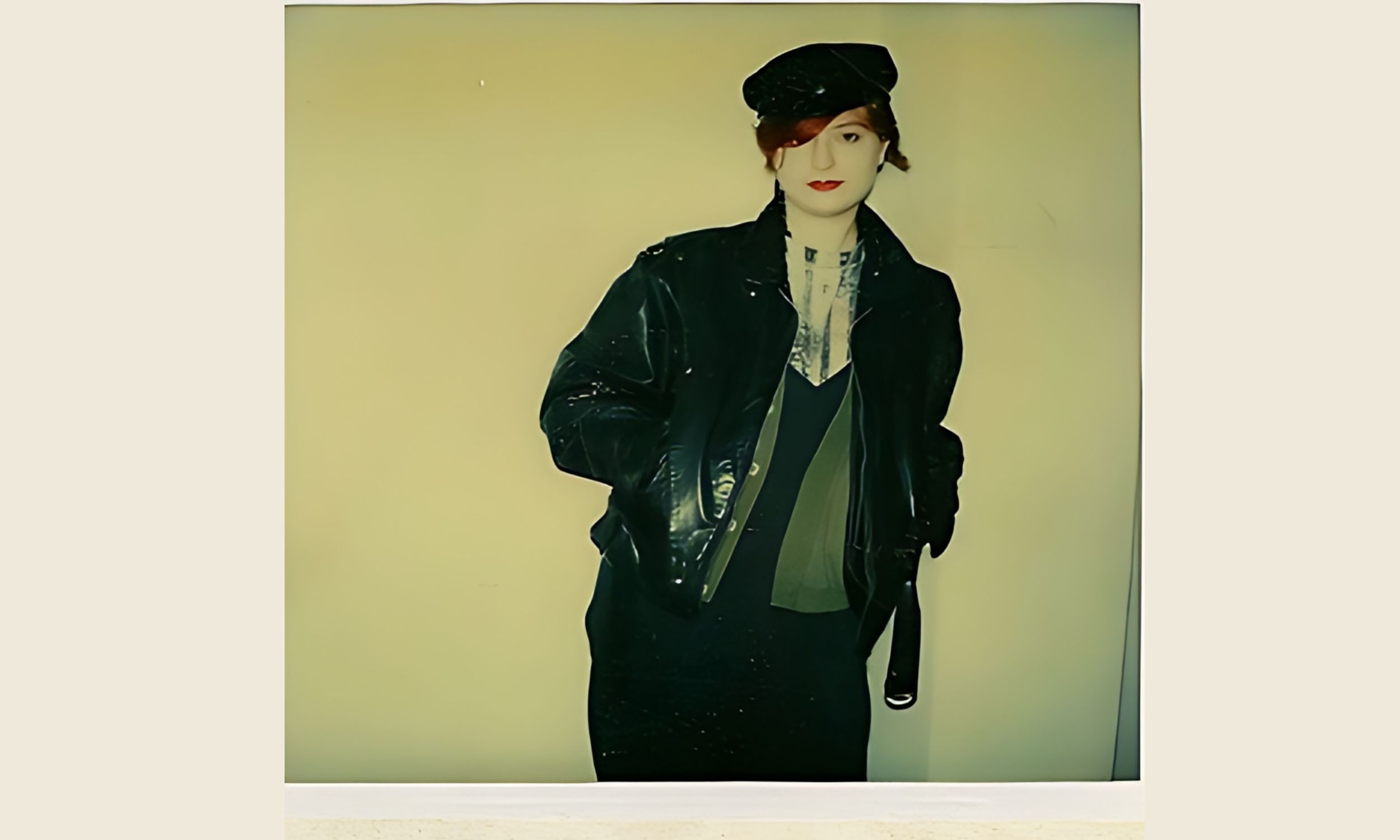
As the club soon became the city’s most notorious nightlife hubs, Blue co-produced the first Hip-Hop tour to Europe around 1982 which featured the majority of the Hip-Hop pioneers including Afrika Bambaataa, Rock Steady Crew, Grand Mixer DXT, and Rammellzee, opening doors to her next venture which was a DJ Management Agency that produced further iconic Hip-Hop names like Grandmaster Flash. It was at this tour when Blue, while explaining Breaking to the media, in one of the meetings, said the word “Break Dancing” in her British Accent. This became a thing later on in the white community and they began to refer to this dance as Break Dancing.
The same thing is happening in the Olympics where most of the media is referring to this dance as Break Dancing. This might create a greater disconnect between an OG of Hip-Hop and the general audience that is just being exposed to this culture.
Mainstream Exploitation
In the early 80s, Breaking witness a hefty exploitation by the media because the dance was in prematurity stages. Many choreographers molded the dance and started advertising it as their own while they had no connection to the cypher culture of this dance. Other than individuals, the media also exploited the Breaking Culture by portraying whatever felt spicy for news. They mostly covered the white folks Breaking which led to a gap in the actual Breaking Scene and what was being portrayed. Other than the incorrect display of the talent, the Breaking and Hip-Hop Culture in general, was shown to have an affiliation with the crimes because of the initial racism that the African-Americans had to face, which was actually the opposite of what Hip-Hop stood for. Hip-Hop has always preached its fundamentals which are: Peace, Love, Unity, and Having Fun.
What aroused a lot of concern from the OGs in Breaking during its development stages, they all soon realized that it was inevitable. The transition of Breaking from becoming a Dance to a Dance Sport, as the Olympics call it, was a transition that was inevitable. Because Breaking for certain had always been an art form, many new-gen Breakers were in favor of this transition, and for all the right reasons. This was the youth of Breaking that wanted to make a living out of this dance and have more opportunities to grow. Thus, the OGs could either sit back and see the culture being exploited or take hold of things themselves. Here we have discussed argumentative perspective on Breaking Olympic Sports.
Therefore, the better participation Breaking gets from its pioneers moving into the Olympics, the better. Because one thing is for certain and that is that this dance is gonna blow the roof off as far as the media angle is concerned.
Join our exclusive community for the latest updates straight to your inbox! Don't miss out –subscribe now!
